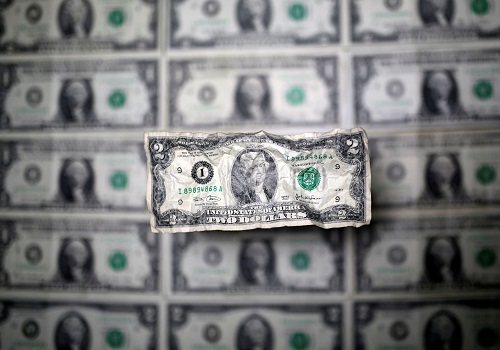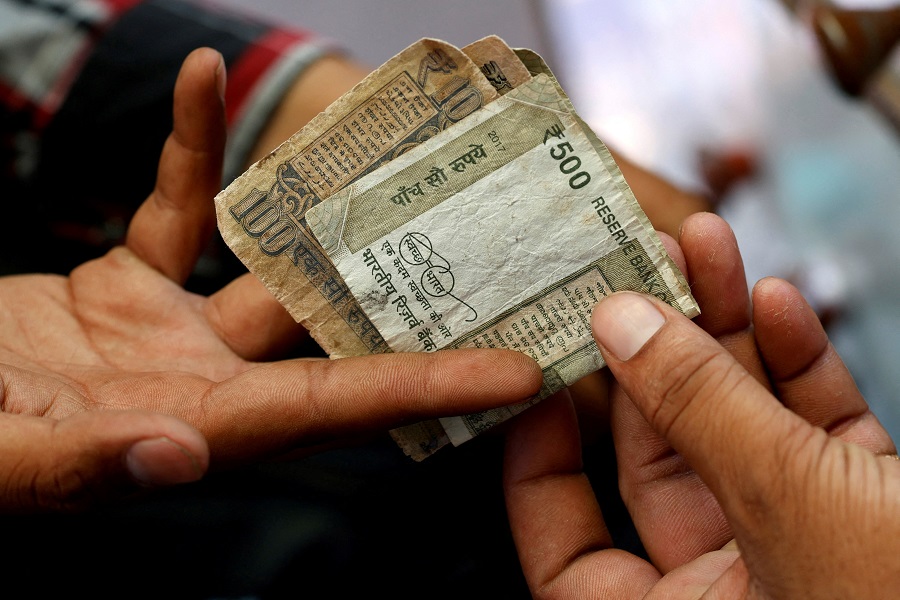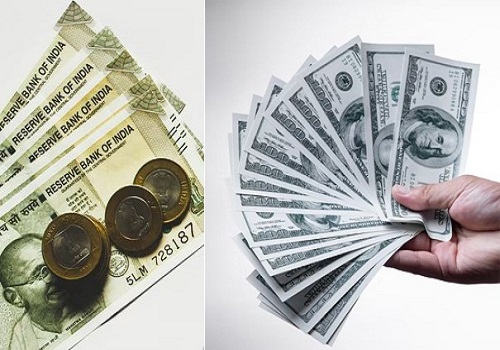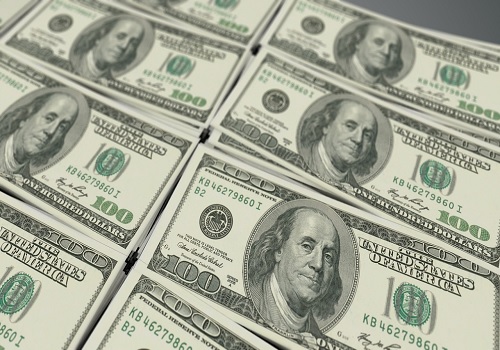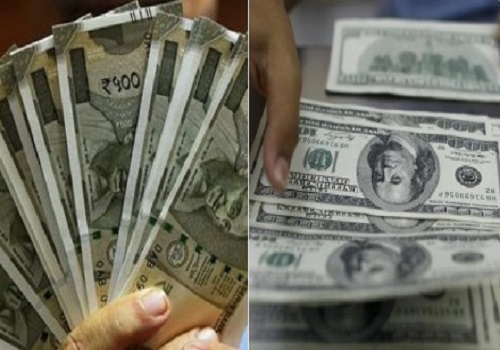Dollar drifts near three-month low, focus on inflation data

The dollar was rooted near a three-month low on Thursday and was set to post its steepest monthly decline in a year as investors ramped up bets that the Federal Reserve is done with rate hikes ahead of a crucial inflation report later in the day.
The dollar index, which measures U.S. currency against six rivals, eased 0.058% to 102.74, not far from 102.46 - its lowest since Aug. 10 it touched on Wednesday.
The index is down 3.7% in November on growing expectations the Fed will cut interest rates in the first half of 2024.
The dollar clawed back some of its losses on Wednesday after data showed the U.S. economy grew faster in the third quarter than initially reported.
"I think it's still pretty much all about U.S. yields. And by extension FOMC policy," said Carol Kong, currency strategist at Commonwealth Bank of Australia.
"Markets will continue to play to focus on what FOMC officials say about the prospect of the upcoming rate-hike cycle."
Investor focus will be on comments from Fed Chair Jerome Powell, who is due to speak on Friday in the wake Fed Governor Christopher Waller on Tuesday flagging a possible rate cut in the months ahead.
But before that, spotlight will be on Thursday's crucial personal consumption expenditure (PCE) inflation report.
Christopher Wong, currency strategist at OCBC, said the data will offer a glimpse into whether the disinflation trend seen so far remains intact. "If core PCE undershoots expectations to the downside, then USD may extend the move lower again."
U.S. financial conditions are the loosest since early September and have eased 100 basis points (bps) in a month, according to Goldman Sachs. The bank's global and emerging market indexes ticked up a bit last week, but financial conditions are also looser by around 100 bps from a month ago.
U.S. rates futures markets are now pricing in more than 100 basis points of rate cuts next year starting in May, and the two-year Treasury yield is its lowest since July - it has slumped nearly 40 basis points this week alone. [US/]
The weakness in the dollar has allowed most Asian and regional currencies to take advantage. Two of the best-performers are at the polar opposite ends of the 'carry' spectrum - the New Zealand dollar and Japanese yen.
The kiwi got an extra boost on Wednesday following the central bank's 'hawkish hold' - policymakers kept the key cash rate at a relatively high 5.50%, but unexpectedly signalled that it could be raised again if inflation doesn't moderate.
The currency was 0.26% higher at $0.6172, staying close to the four month peak of $0.6207 it touched on Wednesday.
Meanwhile, expectations that the Bank of Japan will soon end its negative rate policy has pulled the yen up from the depths, and in the process, eased pressure on the central bank to support the currency via direct FX market intervention.
On Thursday, yen strengthened 0.09% to 147.11 per dollar, remaining close to two and half month high of 146.675 per dollar it touched on Wednesday.
Sterling was last at $1.2695, up 0.01% on the day, while the euro was up 0.06% at $1.0975. The Australian dollar rose 0.08% to $0.6623.


